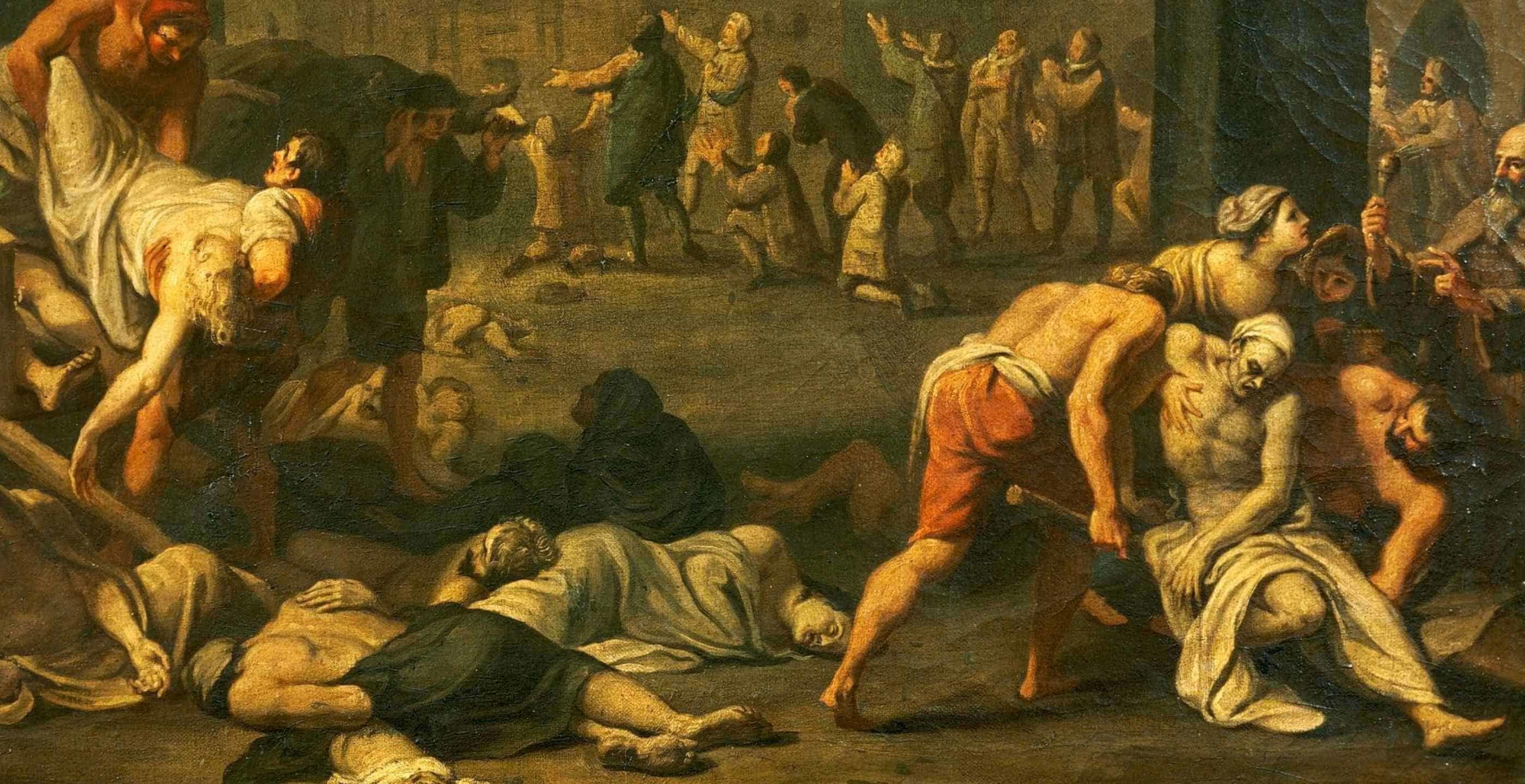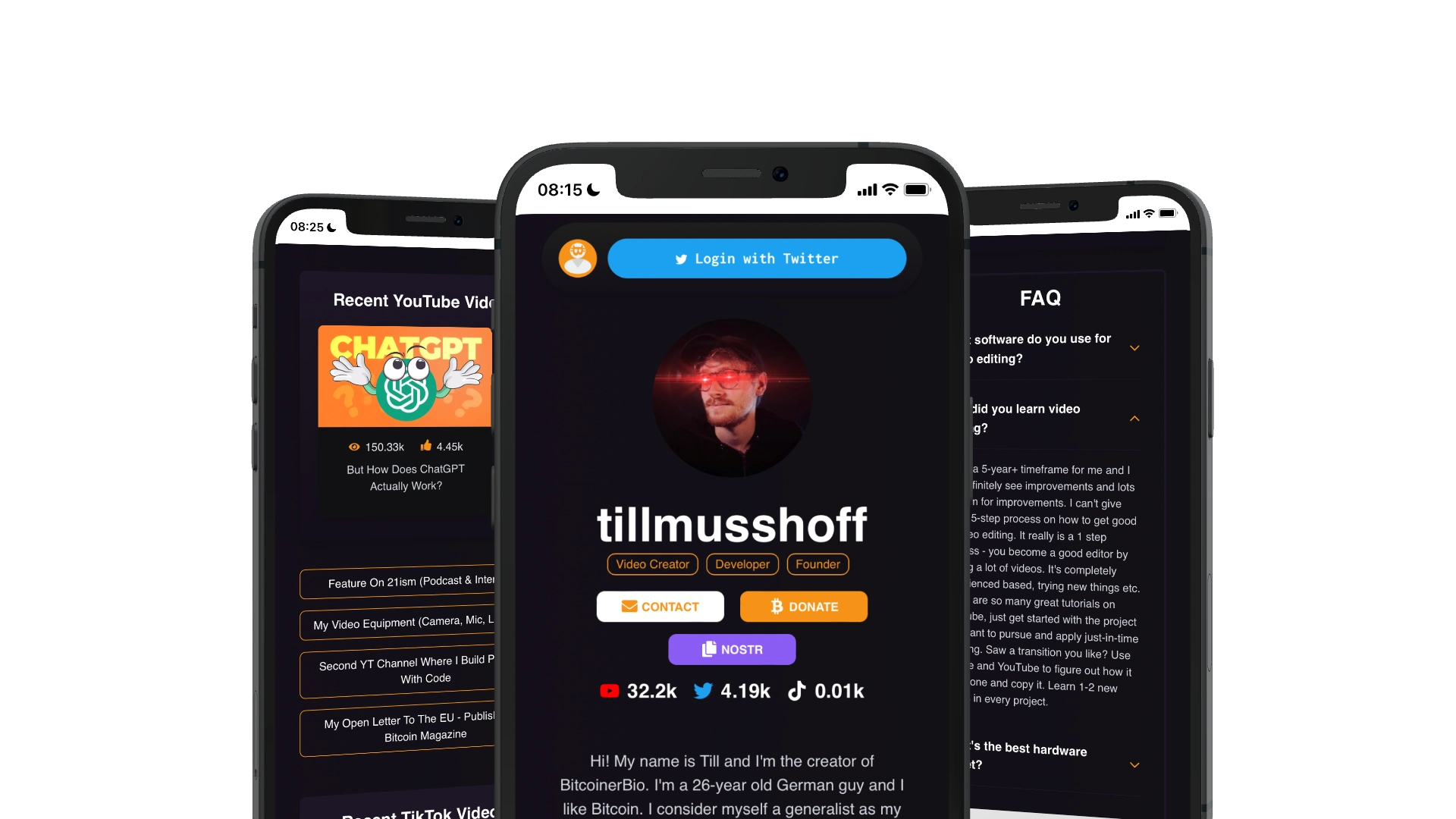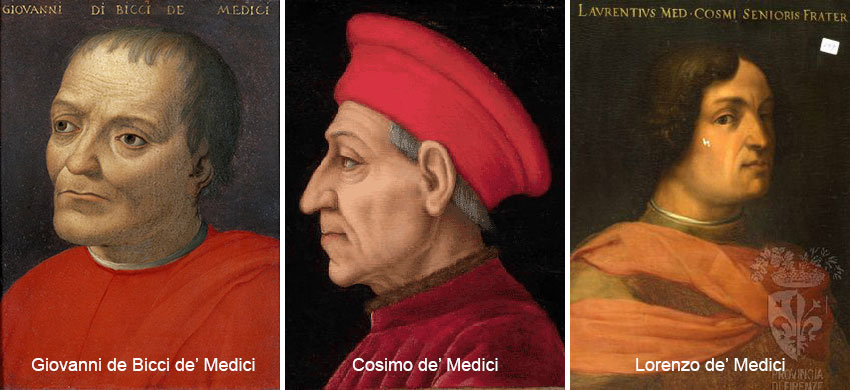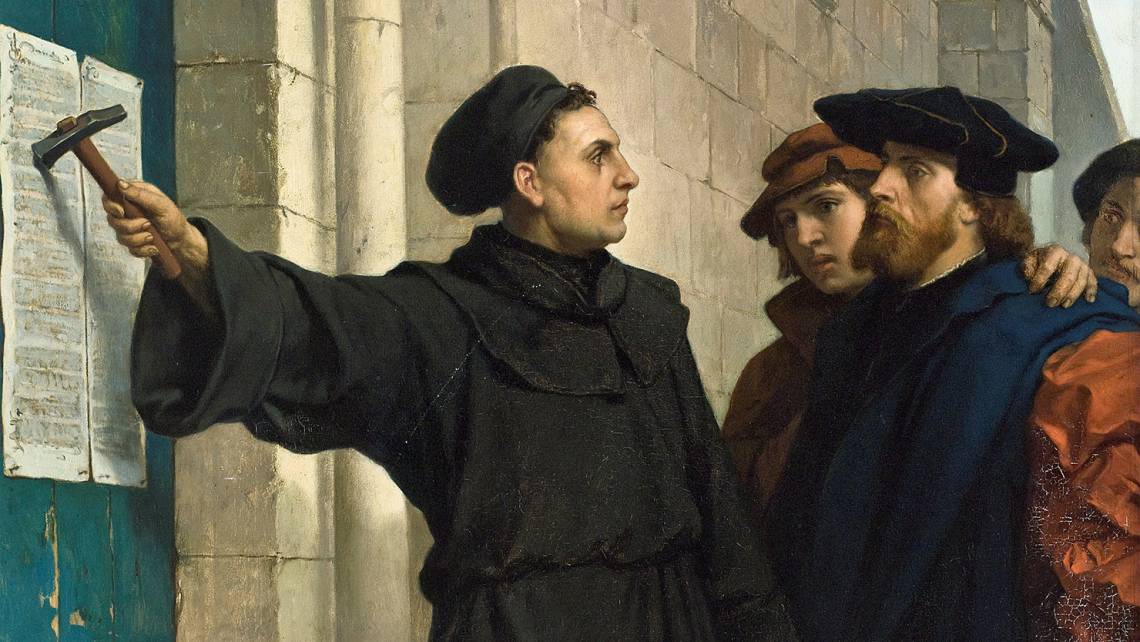04/10/2023, Till Musshoff
The Digital Renaissance Is Upon Us
We look at the past and into the future where a second renaissance in science, technology, business and art may be upon us.
During the 15th and 16th century in just four generations mankind built what seemed impossible for a thousand years. They advanced physics, mathematics, art and architecture at such a rapid pace that we can only look back in awe. But how?
What can we learn from the men who created the most well-known pieces of art of all time and build foundational inventions for the centuries to come? What were the factors of this paradigm shift to happen and how does it relate to our situation today?
This article is the foundation to my favourite video that I've ever made
Chapter I: Black Death
To understand what factors formed the renaissance men we need to go back in time. In 1350 the black death, the most fatal pandemic recorded in human history wiped out half of Europe. Historians theorise that this was a catalyst for a changing worldview. People realized they could die any day. They became familiar with death. The result of this was that thinkers started thinking more about their life on earth itself while spirituality and the afterlife became less important.

In his Stanford commencement speech Steve Jobs said something that resonates with this scenario.
Remembering that I’ll be dead soon is the most important tool I’ve ever encountered to help me make the big choices in life. Remembering that you are going to die is the best way I know to avoid the trap of thinking you have something to lose.
While death doesn’t seem like an optimistic topic, it really did turn people from pessimists into optimists. From living their best, most productive, beautiful life here on earth. This change in worldview meant that mankind was no longer seen as this sinful, rotten creature like in the middle ages. Mankind was seen as a creation of god, that was closer to god than all other beings. One could almost become god. This is a strong testament that change and improvement is possible. Michelangelos David, the most well-known sculpture of all time symbolizes this new found confidence.
Funfact the mirror was also invented in this period. Having a bright, undistorted representation of your own face is a big confidence boost.
But confidence is only one small part of the equation. The next parts are even more important.
The Link In Bio For Bitcoiners
Link to all your pages. Receive bitcoin donations and followers. Connect your social media accounts, podcast and so much more!
 Check It Out!
Check It Out!Chapter II: Medici
The medici family were bankers to the pope which made them not only very rich but also very powerful politically. Their impact on the Renaissance was felt on two levels, both are paralleled today. Giovanni de’ medici was one of the first bankers who introduced double entry book keeping where every transaction is recorded in two accounts: a debit to one account and a credit to another. This built the foundation to accounting and made economic planability more achievable.
Just 13 years ago we witnessed the biggest evolution of this since the renaissance.
Ubi non est ordo, ibi est confusio - Where there is no order, there is confusion - Luca Pacioli
Satoshi Nakamoto made triple entry accounting feasible with Bitcoin and the Blockchain technology. Where there is no order, there is confusion. Bitcoin’s underlaying Blockchain is alternatively referred to as timechain. It establishes an indisputable history of events witnessed on a global scale. Thereby fixing the problem of order that different books would often have.
Giovannis Children Cosimo and Lorenzo turned Florence into the capital of the renaissance. A beta-version of Silicon Valley which currently decays into a beta-version of the next thing. The most creative and innovative people came to Florence for two reasons - money and Lorenzo the Magnificient. He was said to be an incredible diplomat who brought all the artists to Florence, just like some city and state majors today are trying to attract tech founders. He also put up the first nude stature since antiquity. This seems like a trivial detail, but it’s actually important. It turns out nudity is necessary to study and understand the human body. Which is what Leonardo da Vinci did among all his other side projects. His findings about anatomy are still building the basis of our understanding today.

Back to the Medici: Lorenzo and his brother sponsored art and architecture and for the first time in human history artists became celebrities. They even started signing their pieces of art and made money from it! Da Vinci was born a bastard and later on lived like a king and Michelangelo even denied the Pope at times. It feels like today it’s somewhat similar. Sure most artists are still struggling to make a living through the pennies they receive from Spotify, but we live in an increasingly creator driven economy. I previously talked about Marc Andreessens concept of software eating the world being applicable to creators eating the world.
The question is where is the next Florence, the next Silicon valley? It might be a network state or the capital might be in the cloud altogether.
I hope it’s clear by now that Satoshi is one of the figures to kickstart the next Renaissance. He is not the only one though. What he created aligns with what the Medici created. It also aligns with what Martin Luther did. But to make Luthers Reformation and the link to Satoshi possible, there is one key invention that’s still missing.
Chapter III: Gutenberg
The steam engine, electric light, automobile, computer and the internet. One invention of the second millennium tops them all when it comes to long lasting impact. The most important invention of the millennium was the printing press by Johannes Gutenberg which also crowned him the title man of the millennium. Being able to print books cheaply drastically lowered the barriers of education and allowed literacy to greatly expand.

In the information age we experience a similar revolution of media. Not only have the marginal costs of reproduction vanished, you can learn anything you want from wherever you want for free as long as you have an internet connection. High quality knowledge is more democratized than ever before and I hope I can play a small role in that too.
The democratization of education lead to expression of opinions and to questioning what is true. Literacy thereby changed the importance of the church which was the source of truth for a long time. Today the source of truth is questioned like in the days of the renaissance, what used to be an affair of the church became an affair of the state and state controlled media. The trust in these entities is vanishing. Nowadays celebrities are going directly to influencers to spread their message instead of the New York times. Today everyone is a journalist. At the same time understanding what is real and what is not has become increasingly more difficult. AI deepfakes will only accelerate this trend.
What literacy did to society during the Renaissance we can achieve today through digital literacy. The personal computer is the most powerful creative tool ever invented. Being comfortable with it and able to learn new applications fast is the equivalent of being able to read in the early days of the Renaissance. And there it changed everything.
Chapter IV: Luther
This is where it all comes together and one gear clicks into the next.
Until this point the source of knowledge was the church, informants of god. And the church profited on peoples fears one might say this is what mainstream media is doing today. But what fear exactly? The fear to go to hell for ones sins. So they offered indulgences. You pay the church money, get a piece of paper and the punishment of your sins will be lowered in the afterlife.
Enter Martin Luther, a priest who basically said: that’s a scam. It’s a construct of the church that can’t be traced back to the original source which is the bible. So he wrote his 95 Theses and they were nailed onto the door of All Saints’ Church in Wittenberg on October 31, 1517. Now that the printing press was available and literacy was going up, his message spread across Europe. Rapidly.
The church lost its monopole on education.

On October 31, 2008, exactly 491 years later The whitepaper Bitcoin: A Peer-to-Peer Electronic Cash System was published. The date is not by accident. Satoshi Nakamoto didn’t criticise the church. He condemned central banks.
The root problem with conventional currency is all the trust that’s required to make it work. The central bank must be trusted not to debase the currency, but the history of fiat currencies is full of breaches of that trust. Banks must be trusted to hold our money and transfer it electronically, but they lend it out in waves of credit bubbles with barely a fraction in reserve. - Satoshi Nakamoto
As the church lost its monopoly of education, states are losing their monopoly of money.
Chapter V: Satoshi & The Coming renaissance
Satoshi is the first person that came to my mind when I think about a second renaissance. His invention might lead to a lower time preference which made the great art and architecture during the renaissance possible. Bitcoin changes the status quo of who is in power and could lead to further changes in economies as a whole. One idea is the pseudonymous economy in which usernames become more important than real names. After all Satoshi created a trillion dollar asset and we don’t know who he/she is or they are.
Rather than make naive appeals to people to look past gender or race, or to not cancel or to not discriminate online, instead we make it impossible to do that by taking away that information entirely with realistic avatars and fully functional pseudonyms. - Balaji Srinivasan
The 21st century is still in it’s early days. The societal impacts of the inventions and innovations we created are comparable to those that kickstarted the renaissance.
- From double entry book keeping to triple entry book keeping.
- From the printing press to digital media and the internet.
- From mechanics to robotics.
- From wealthy artists to wealthy artists.
- And maybe from the Americas to Mars.
The renaissance men teach us optimism, to be confident in our abilities and to challenge the status quo. What follows is an explosion in creative works and groundbreaking technology. The future is not as bleak as the media often makes you think it is. The tools we create will move us forward. This is my thesis.
Renaissance is french for Rebirth.
(Oh and there is also AI happening.)
The Link In Bio For Bitcoiners
Link to all your pages. Receive bitcoin donations and followers. Connect your social media accounts, podcast and so much more!
 Check It Out!
Check It Out!